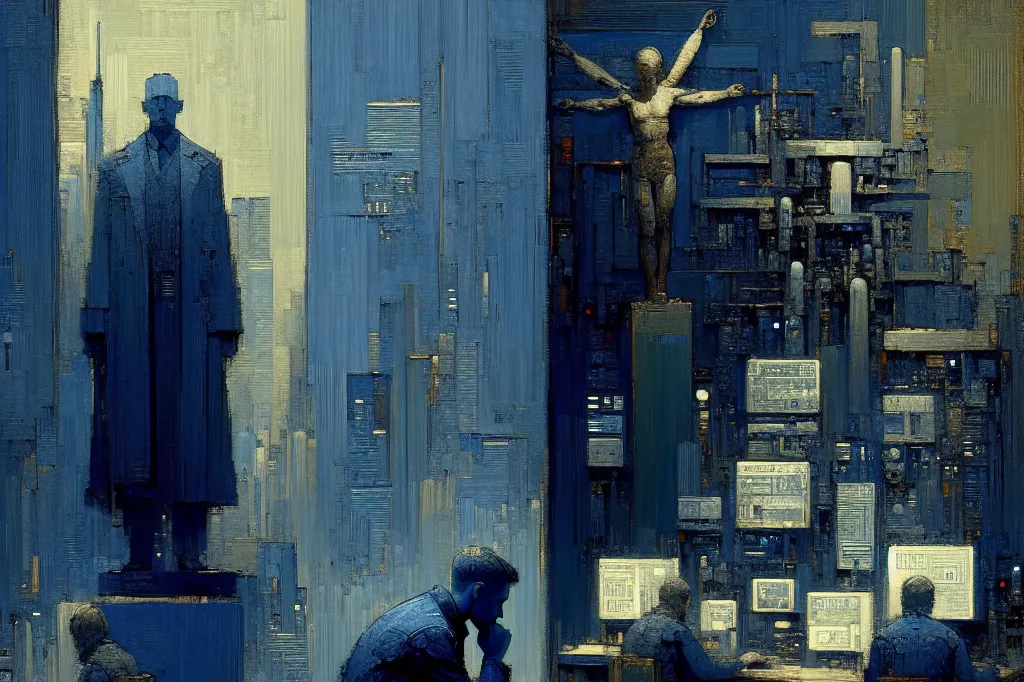As a computer engineer, I can confidently say that defense systems are among the most robust and tightly secured software environments in existence. To those of us who've had the chance to examine them—even from the outside—they appear nearly impenetrable, fortified with layers of encryption and complex architecture. But here's the real question: are these systems truly invincible?
To explore this, let's start with something fundamental: passwords. Technically, a password is nothing more than a combination of characters—letters, numbers, and symbols. Imagine an alphabet made up of elements like "A, B, C, D, E, 0, 1, 2, 3, 4, 5, *, ?, !, #, %, &". If we were to create a simple 3-character password using this set, we'd have 17 × 17 × 17 possible combinations. This basic example shows that the length of a password and the variety of characters used are what determine its strength.
In complex systems like military-grade defense technologies, both of these variables scale up dramatically. The character set can include hundreds of elements, and passwords may be hundreds—or even millions—of characters long. That level of complexity is part of what makes these systems so secure.
We also still use traditional cryptographic methods—some even as old-school as the Caesar cipher (lifeless engineers fav joke language). The Caesar cipher, one of the earliest and simplest forms of encryption, replaces each letter with another a fixed number of positions down the alphabet. Julius Caesar used it in his private correspondence. While primitive by today's standards, it reminds us that encryption evolves—and so must our defense layers.
But what happens when we throw artificial intelligence into the mix?
What if we could predict outcomes with near-perfect accuracy or conduct millions of simulations tirelessly? That's exactly where AI steps in. As we push the boundaries of AI, we're creating tools that can surpass human limitations—especially in terms of computation and pattern recognition.
Consider this analogy: prisons are built to contain the average human—walls five meters high, iron bars, surveillance. Similarly, software systems have been designed with the average threat actor in mind. But what if someone could jump ten meters? Or slip through gaps no human should fit through? Suddenly, the system is no longer effective.
The same applies to defense software. We are fast approaching a time when AI may grant us—or others—those superhuman abilities in the digital realm.
This brings us to a critical point: in a world where AI can outthink, outmaneuver, and even infiltrate complex defense systems, the balance of power starts to shift. A nation cannot claim true strength if its own defense mechanisms can be turned against it. The controller of the most advanced AI might wield more power than the world's largest army.
The future may not bring ten-meter jumps—but it will bring AI systems that amplify our cognitive reach far beyond current limits. And when that day comes, the idea of unbreachable software firewalls may be a comforting illusion of the past.
